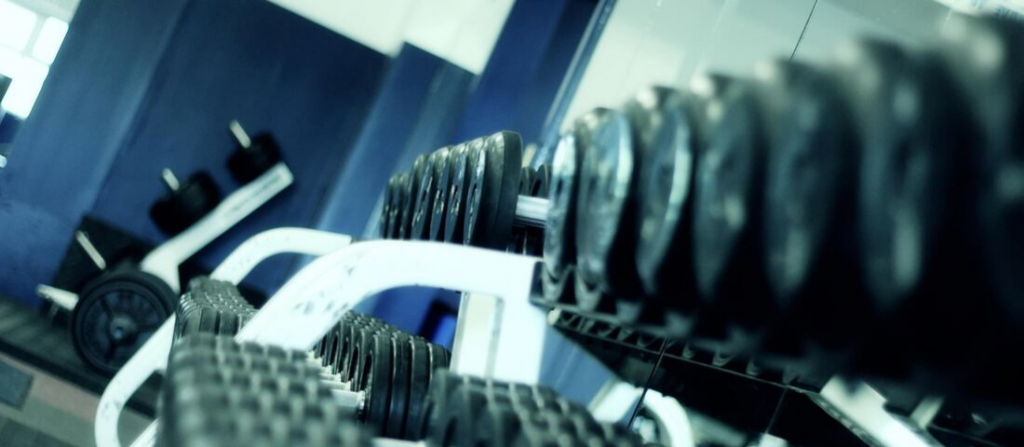We often look at training strategies in a bubble. From both a negative and positive standpoint, we don’t always consider the effect it will have on performance. It is important for coaches to understand the impact of strength training for the goal we are after. Here are 5 tips to consider when performing heavy strength training for speed…
#1 Motor Recruitment
Lifting heavy weights will cause a greater number of motor units to be recruited. This obviously aids in our strength gains. The more “horses” that show up to the party, the better for increasing strength.
#2 Co-Contraction
When strength training, we need to have stabile joints. This is accomplished through co-contraction of the musculature around the joint. As force is created and the system learns to contract in such a way that shearing is limited, if not eliminated at the joint, then there is now a very safe and stable joint.
#3 Speed of Contraction
Not to be contradictory, however; when considering the last statement mentioned in co-contraction and stability of a joint, we will assume for speed to reach its potential. Let’s say in jumping explosively, sprinting fast, or throwing hard… there needs to be less co-contraction so the agonist can generate great speeds without limitations from the antagonist. Therefore, we need an inhibition with an excitation to generate a well-coordinated fast limb movement.
#4 Motor Recruitment
If we want speed to be the goal of our strength training, we must have great motor unit recruitment, and high rate coding. This happens when the muscles fire extremely fast. This process will be most optimized with faster styles of lifts; such as hang clean pulls or hex-bar jumps. The faster the muscle can coordinate and fire, the greater the potential for speed.
#5 Strength Training Technique
As always, technique is extremely important. You can do all the strength and power training you want; recruit muscles fast or slow, stabilize joints, or inhibit antagonists. The bottom line is, with strength training you must have proper technique to get the biggest bang for your buck. Poorly executed lifts or exercises lead to lesser optimization of movement coordination. Which can lead to potential injury. Do it right or go home!
Performing heavy strength training for speed just might be what your athlete is lacking when it to comes to being more explosive.

